Hello egamers, and welcome to the second part of the Vulcan Verse lore! In the previous part, we showcased the frozen plateau quadrant known as the Mountains of Boreas, The Sacred Way, and the Journeying Inland.
Before continuing the lore, we suggest you watch the last part to stay caught up and not fall behind!
An Ice Wall
As if being surrounded by jagged rocks, sky-piercing mountains, and deadly chasms wasn’t enough for the ancient traveler to Boreas, anyone leaving the Sacred Way, the well-trodden path that circles Boreas and heading inland through one of the passes here, picking their way through the snow-covered rocky roots of mountains would have a difficult time.
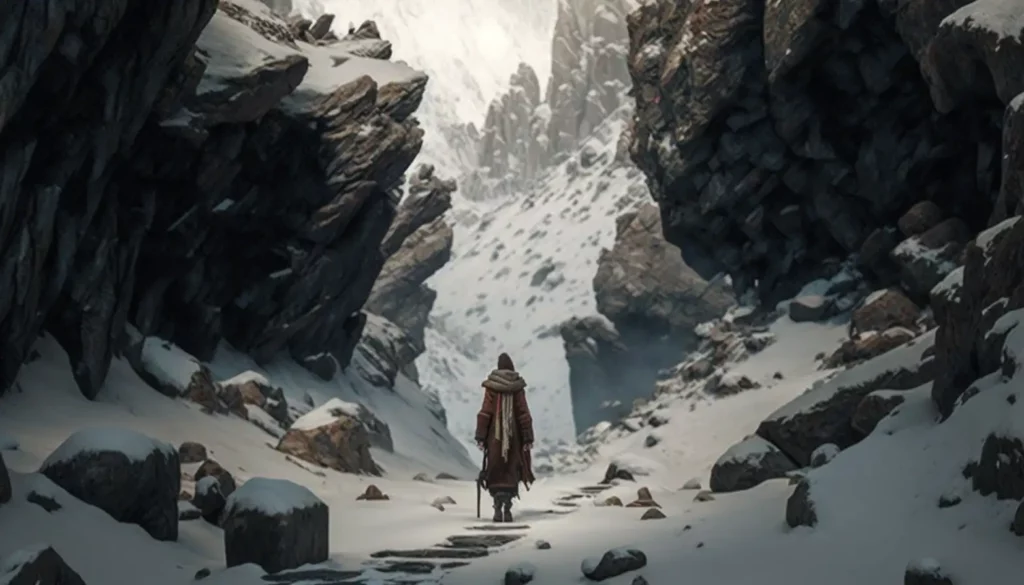
At some point or another, depending on the passage chosen, they would meet a tall, icy wall, the edge of Boreas’s central plateau, a great frozen plain — high but mostly flat. Finding a way up to Boreas’s interior was not an easy task, and many of the inhabitants of these parts would just as likely kill — or kill and eat an unprepared visitor. Around the base of the sheer incline, one would have to carefully plot a route based on what stood in front of them. No detailed maps survive of these areas, but we do have the descriptions of usually doomed travelers to go on, for more than one set of mummified remains of desiccated pilgrims, wanderers, and explorers have been found in caves and the like with notes nearby, all well preserved in the dry, freezing temperatures.
Scattered throughout these passes was broken flinty rock and scree that had tumbled down the surrounding mountains, coming to rest at the lowest point between the base of a mountain and the wall of the central plateau, but in places where mountains parted to reveal valleys that met the plateau, pine forests grew, clinging to the sides of mountains and running down into the chasms that meet the icy wall. Four mountains — each revered in ancient times and each the source of a river named after them, joined the mountain plateau. For many explorers, climbing these mountains and tracking the flow of a river was often the best route to Boreas’s central plateau.
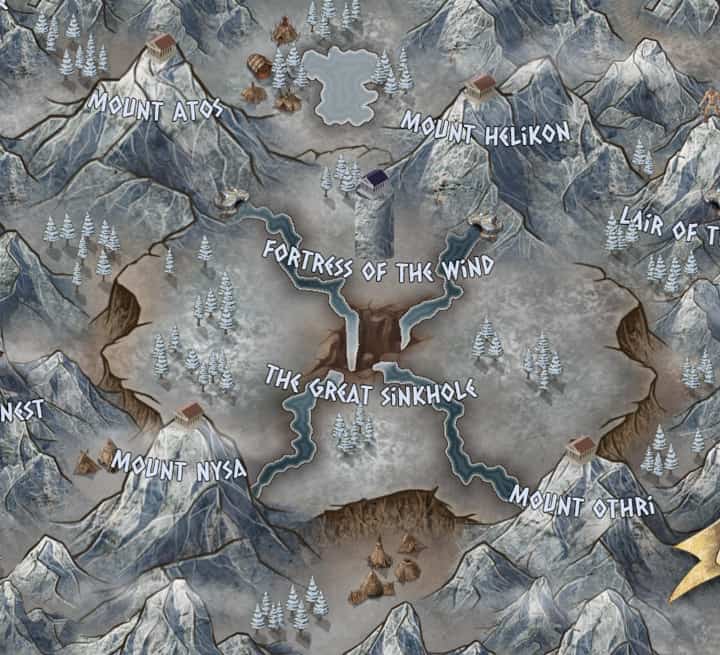
Mount Atos
To the northwest stood Mount Atos. Toweringly tall, legend tells us that Mount Atos was thrown down by Zeus to mark the grave of a giant he slew. Oreads, nymphs of mountainous areas such as this, were set here to keep vigil. They sleep inside their mountain fastness, awaiting a time when mankind may turn to them once more. Could that time have now arrived?
A simple, open-fronted shrine to Artemis sits near the rushing Atos river on the lower slopes of Mount Atos, where it joins Boreas’ high central plain. At the highest point of the mountain, a spectacular gleaming marble palace stood, shining in contrast to the surrounding dark, ice-scoured rock. Ancient accounts tell us that the sides of this palace were colonnades of slender pillars with its roof open to the vast Borean skies.
Mount Helikon
Mount Helikon stood to the northeast of Boreas’ heartland and, in myth and folklore, is associated with gifts of prophecy but also with terrible curses. It is known in these parts that all gifts given by the gods come with a price.
As with the other sacred mountains surrounding Boreas’ center, a river flowed from Mount Helikon towards the Great Sinkhole in the center of the plateau. The Helikon river was reputed to be fed by a spring released by Pegasus’s hooves. Here, it is said that bards and mystics would come to drink from it, believing it would inspire them with poetic faith. Ancient knowledge passed down to us tells of the hermit of Mount Helikon, formerly a sailor, he was said to have returned from his last voyage haunted by his experiences. The tales tell us that he drank from the Hippocrene, the spring of divine inspiration, and the visions it gave him set him apart from other men.
At the peak of the Helikon stood a gleaming white palace surrounded by marble porticoes, open to the elements at both the sides and the roof, books tell that on stepping over the threshold into the confines of the palace, a visitor would experience a sudden enveloping calm.
Mount Othri
To the southeast, closest to the corner tower of the wall of Vulcan City, is Mount Othri. Up to just above halfway up the mountain, Othri was said to be well covered in pine trees. On the slopes of Mount Othri in crude houses, live creatures called ‘Bosgyns’, bovine, they had the body of a cow but with human faces. The boss was noted to have lived in crude huts on the mountainside.
At the pinnacle of Mount Othri could be found an open-sided coruscant white marble temple, which was said to be once the home of a young goddess of the mountains, the daughter of the earth goddess Gaia. Miners were known to work on and within Mount Othri, digging for copper ore. As with the other three mountains here, the Othri river was born off the mountain and surged down the mountainside in a series of rapids and waterfalls toward the Great Sinkhole on the central plateau.
Mount Nysa
A valley existed between Mount Nysa and the mountaintops where Harpies lived to the southwest. Mount Nysa was known for the herbs growing on it — peonies, ironwort, licorice root, marshmallow, and saffron, each hardy to the climate here.
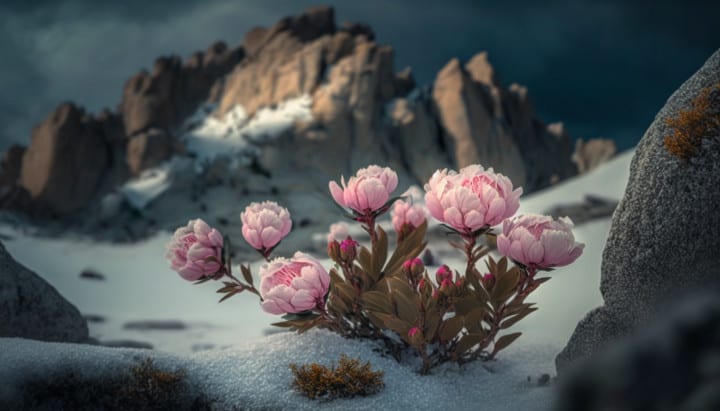
Legend is that Dionysus was raised on Mount Nysa. At the crest of the mountain could be found a splendid white, pillared temple. Open except for the pillars, in the center of the floor stood a table of grey-white marble. At the far side of the temple, a spring gushes out, creating a waterfall that forms the river that descends from here to the central plateau of Boreas and, eventually, the Great Sinkhole. Blocks and sheets of ice regularly obscure the river which flows beneath, and a frozen waterfall could be found here as the traveler descended Mount Nysa following the flow of the river.
Surrounding Landscape
If an ancient wanderer was to look hard enough, they’d see that the area between the mountains and Boreas’ plateau heartland was not devoid of life, but some of it could be said to have been reclusive or at least private.
The citadel of the Halizons could be found between Mount Othri and Mount Helikon. The Halizons are said to have been one with the Amazons in times long forgotten, but at some point, they split and spent many years at war with each other. Where the Amazons are a female tribe, the Halizons were thought to have been male only, but a truer description would be male-dominated. Halizonian women were subservient to their menfolk, only permitted outdoors to wear masks.
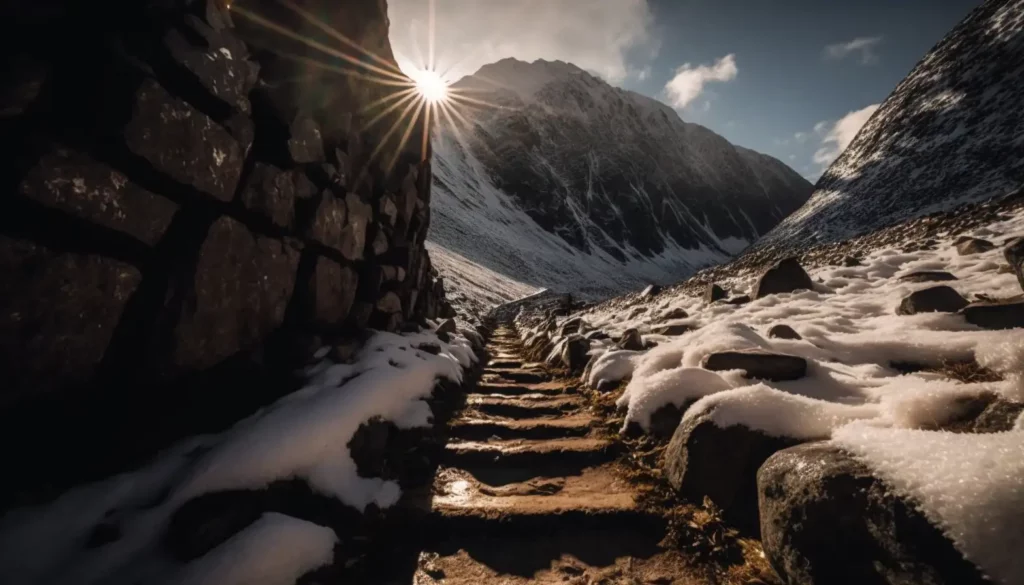
The Halizon stronghold was described as sitting far above the steppe, a vastly imposing mountain fortress of darkly gleaming granite, almost inaccessible to all but those who know the route in — by way of steep, narrow staircases constructed at right angles to the mountainside. It a terrifying climb, a visitor would have to negotiate a route only as wide as a single person, with a thousand-foot drop on either side. Thinning air, no place to rest. When near the fortress, its sides would come apparent. Perfectly aligned smooth blocks, interlocking jigsaw-like, reflecting the sunlight. At the gates, there were said to be sentries keeping guard as if a perilous climb alone would not be enough to put off potential raiders.
The Heartlands
Those able to access the central plateau would find rather different scenery to the rest of Boreas. If tracking either the Nysa or Othri rivers straying to the south center of the plateau, you would find a peace-loving people called the Sarpedons. Overlooked by the imposing background of Mount Nysa and Mount Othri, these people valued happiness above all, but, unfortunately, they were surrounded on all sides by belligerent tribes intent on raiding and pillaging their lands. Consisting of farmers, priests, and herders and is ruled over by the High Council of Sarpedon, who meet in a palace set on a central hillside.
To the north of the land of the Sarpedons could be found the Great Sinkhole. Different from the sinkhole we know today, the Great Sinkhole was a vast crater in the center of the high steppes, where the four rivers that run from the mountains of the oreads spilled down into its depths to fill a lake a hundred meters below. Stories tell us of a shroud of fog that constantly hung over the lip of the sinkhole formed by the relatively warmer water of the lake below. The area around and within the walls of the sinkhole was inhabited by the Gargareans, monotheists who worship Nyx, the goddess of night. Ancient books tell us about their settlement:

All around the rim of the sinkhole, tunneled into its walls and built out on jetties, is the grim citadel of the Gargareans. At the topmost level, around the sinkhole rim, are the palaces and townhouses of the most prosperous. Further down, sunk in the dripping murk that shades the streets in perpetual twilight, are the meaner dwellings: the taverns, the slave pits, the prison, the docks, and the tenements and slums where most Gargareans live out their lives in brooding hatred of all foreigners.
– The Pillars of the Sky
Just to the north and high above the Great Sinkhole, seen even distantly throughout the plateau, is the great stone butte on which the Fortress of the Wind stands. A hypostyle fortress of heavy porticos and thick carved pillars, the Fortress was said to reach the sky high above the high steppes. The old stories tell us this was the home of Boreas, the winter wind. Steps, crudely hewn out of the rock, corkscrewed haphazardly up the side of the butte, and here, many attempting the ascent fell to their doom, such was the strength of the incessant wind here.
Minotaur Labyrinth
The southernmost marches of the land of Boreas consisted of a large area of valleys and hills, rising eventually towards a single towering mountain riddled with caves. Here, at the summit, was the entrance to the Minotaur Labyrinth, the ancient city of the minotaurs. In the past, this was said to be sealed by three kings with locks that were guarded with a curse. Little is known about this location, as anyone who was said to have gained entry did not tend to return.
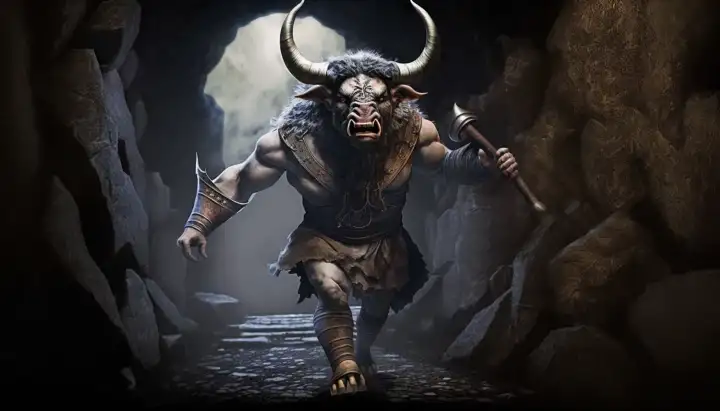
And what of the creatures we have not mentioned? Roaming the steppe were herds of Mammoth, the occasional Smilodon of which Kopis was one, and in the caves could be found mischievous, grotesque Kobaloi, capable of shape-changing and more than capable of stealing your worldly belongings. Sprites, birds, rats, crabs, and goats all existed in the Boreas of old.
About VulcanVerse
VulcanVerse is a flagship metaverse and an MMORPG game of the Vulcan Forged ecosystem where players can create their own quests and adventures, battle against other Vulcanites, forage for NFTs, and truly own their digital assets in the form of NFTs.
Developed by Vulcan Forged on the Elysium blockchain, VulcanVerse is powered by the $LAVA token, which you can earn by completing most in-game actions.


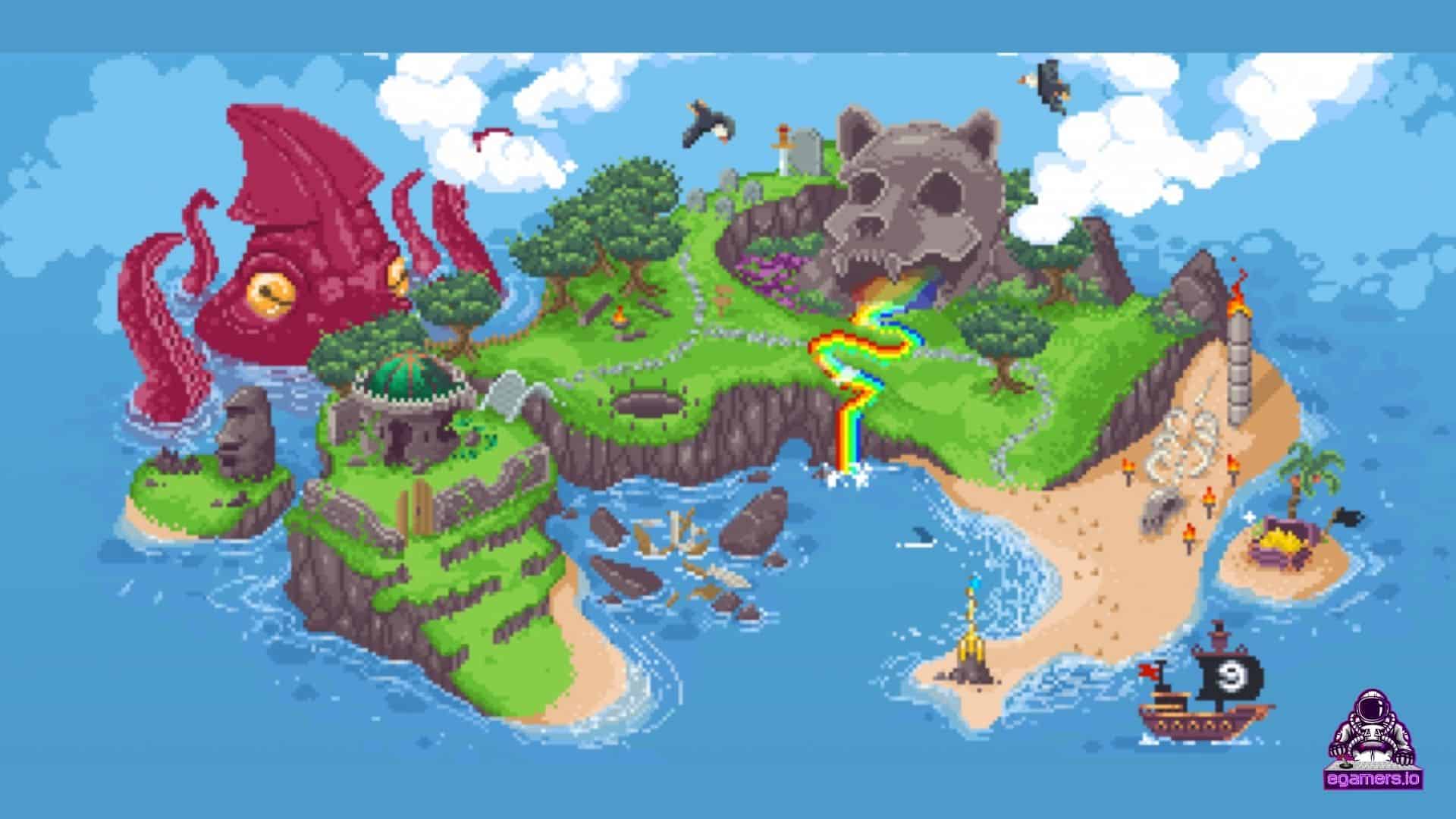
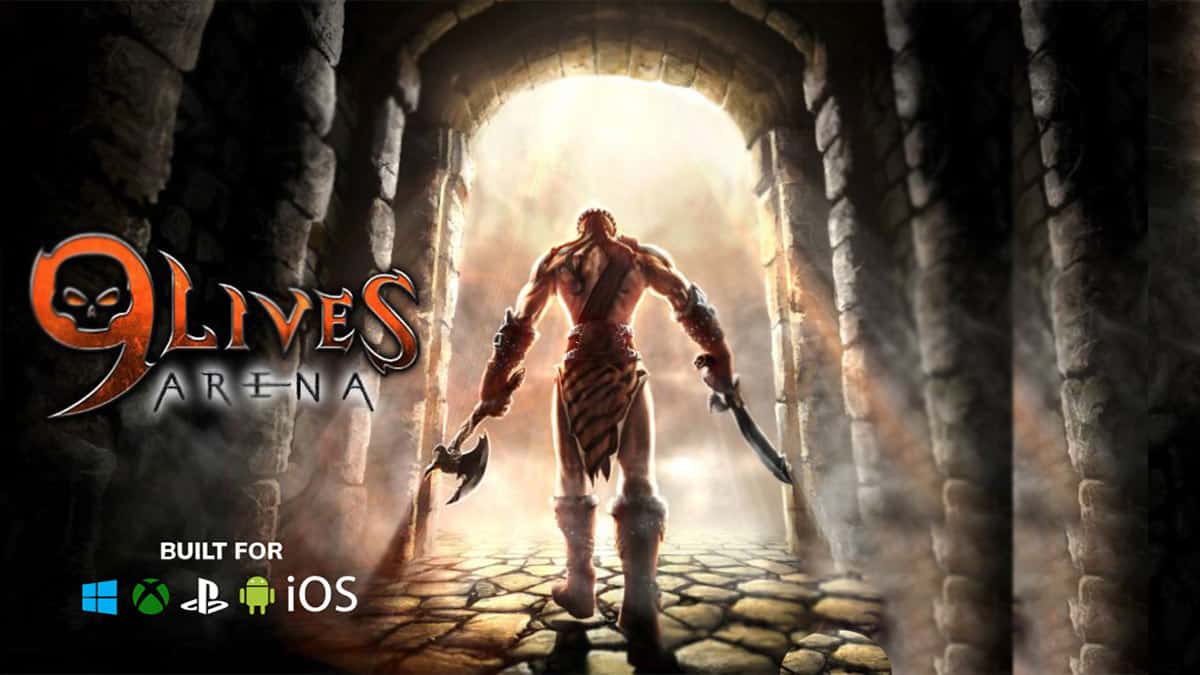


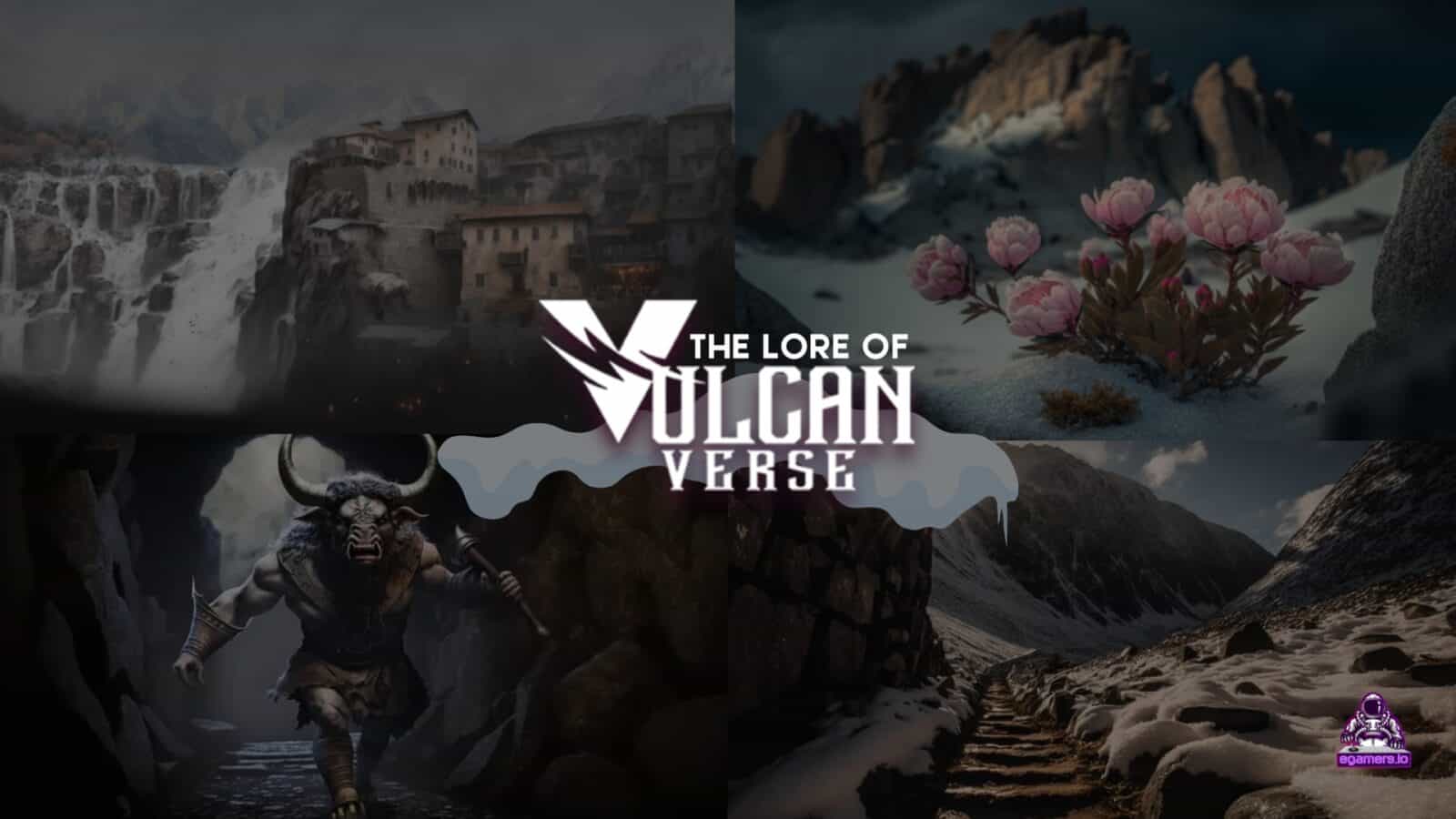


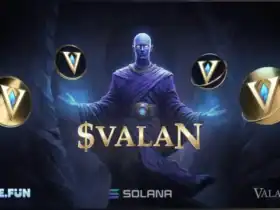
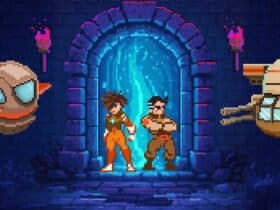
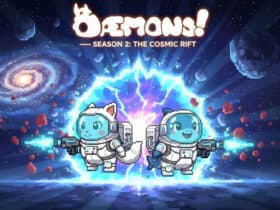


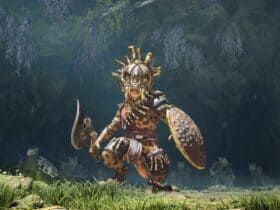
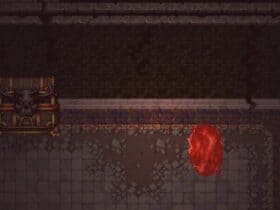

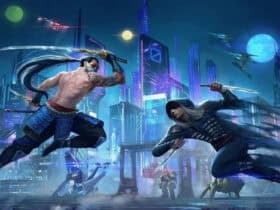


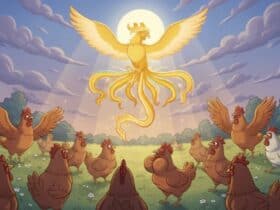

STAY ALWAYS UP TO DATE